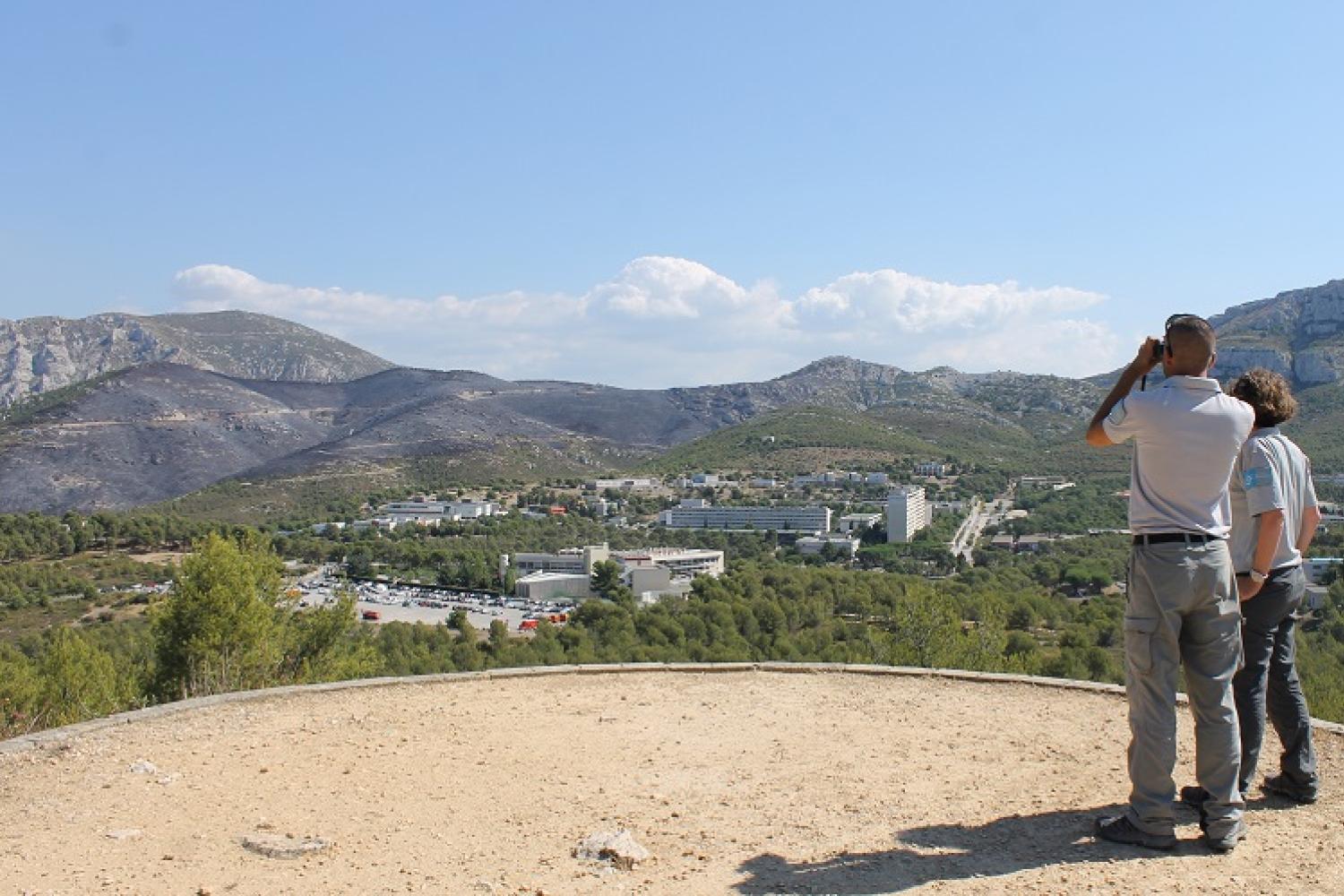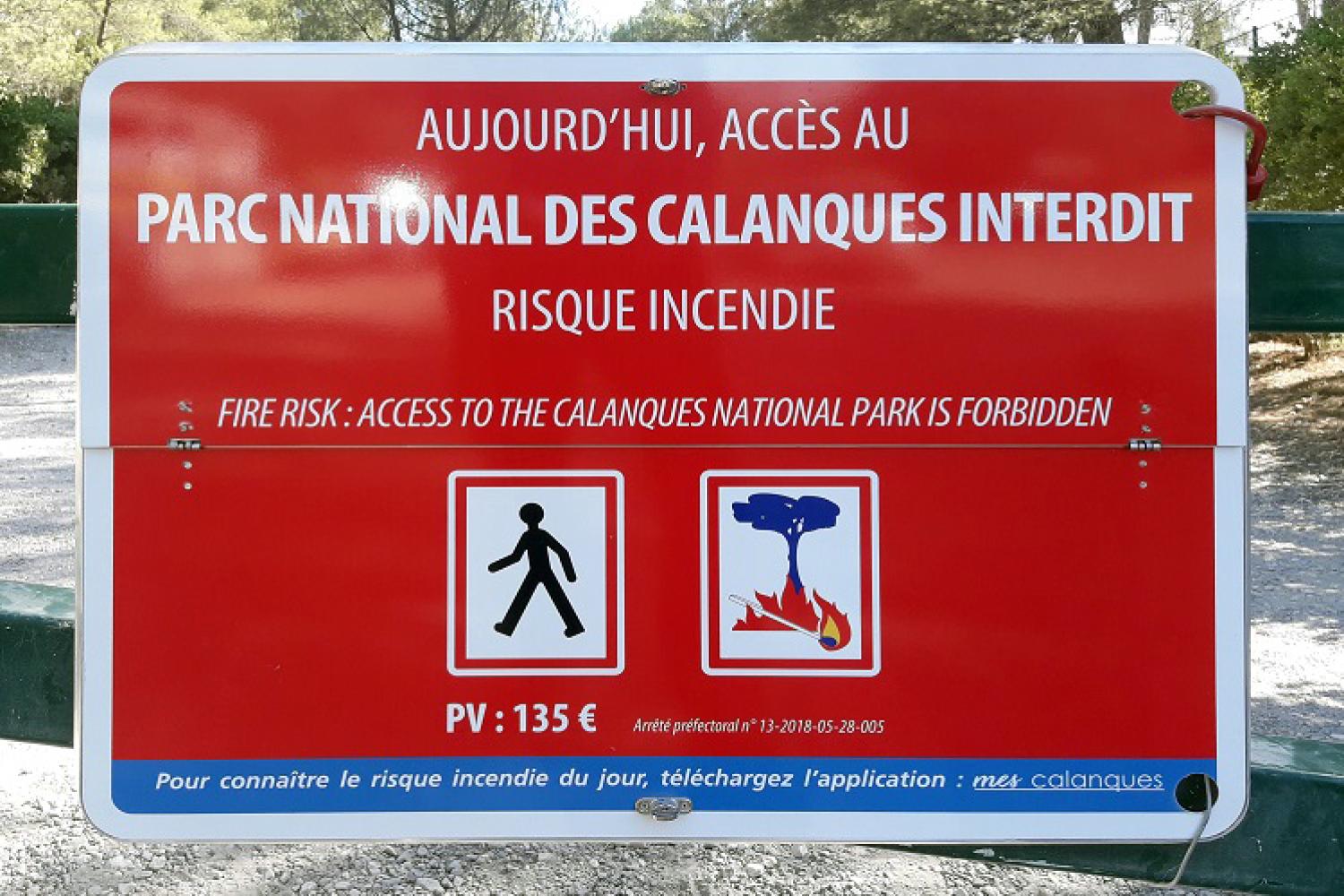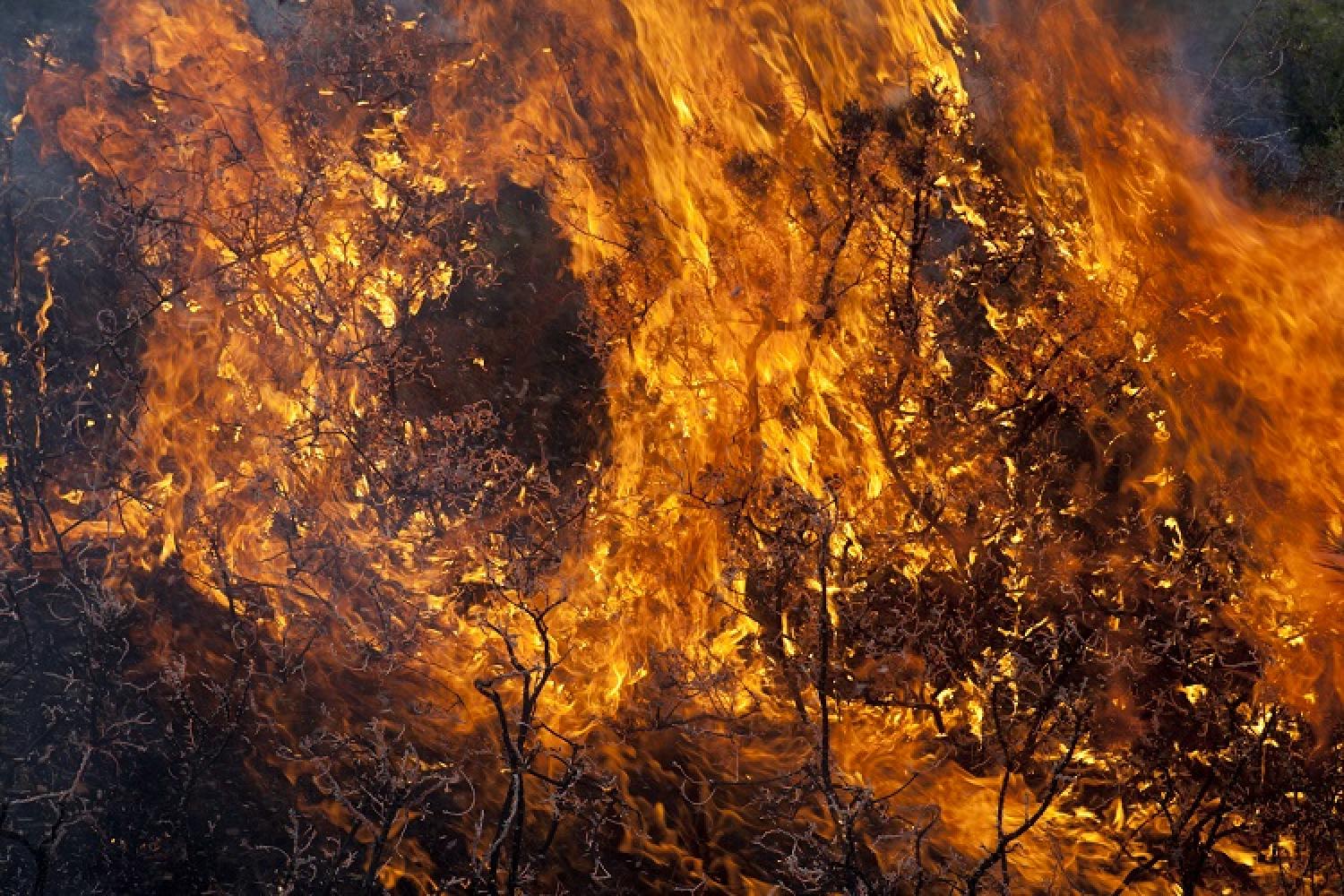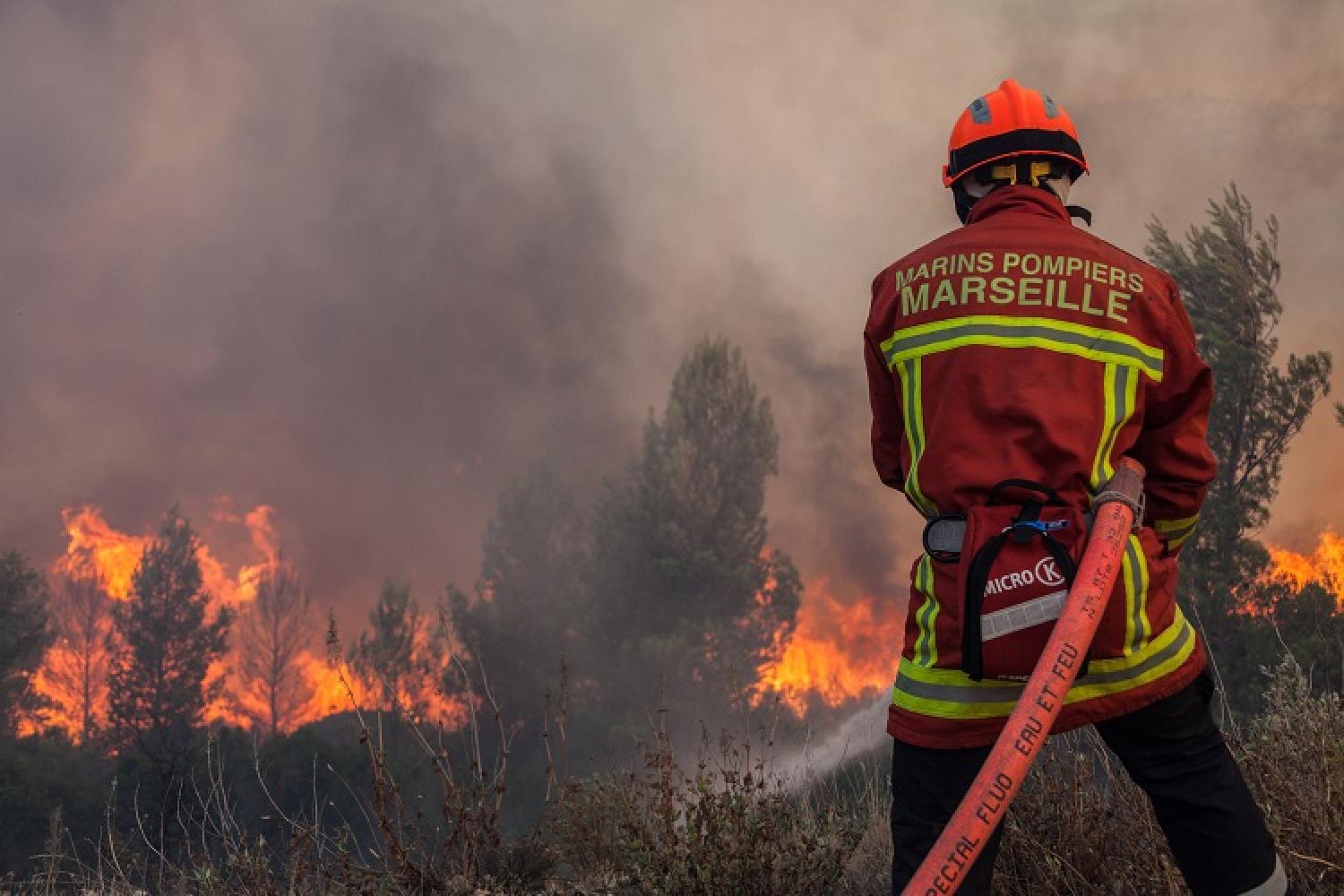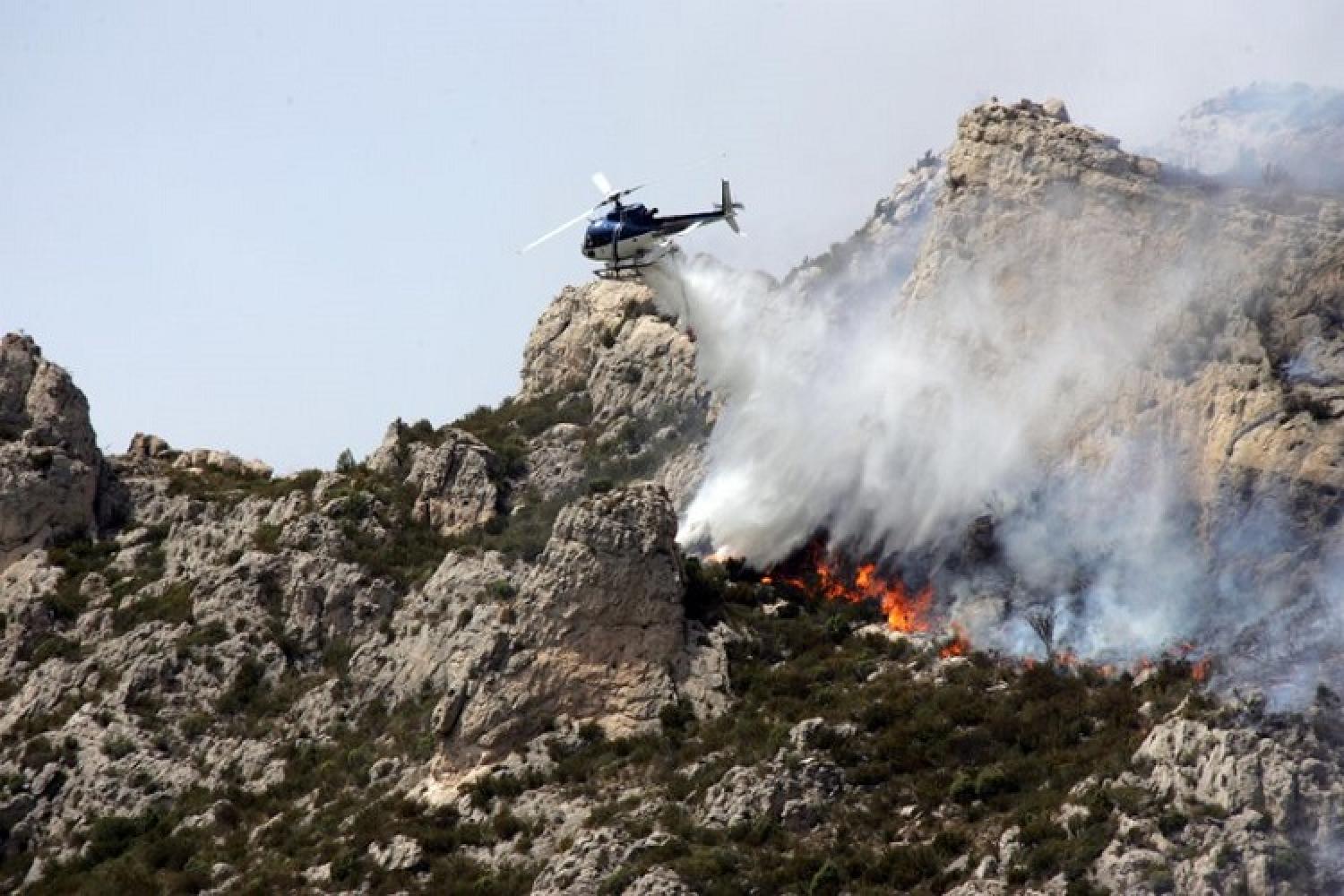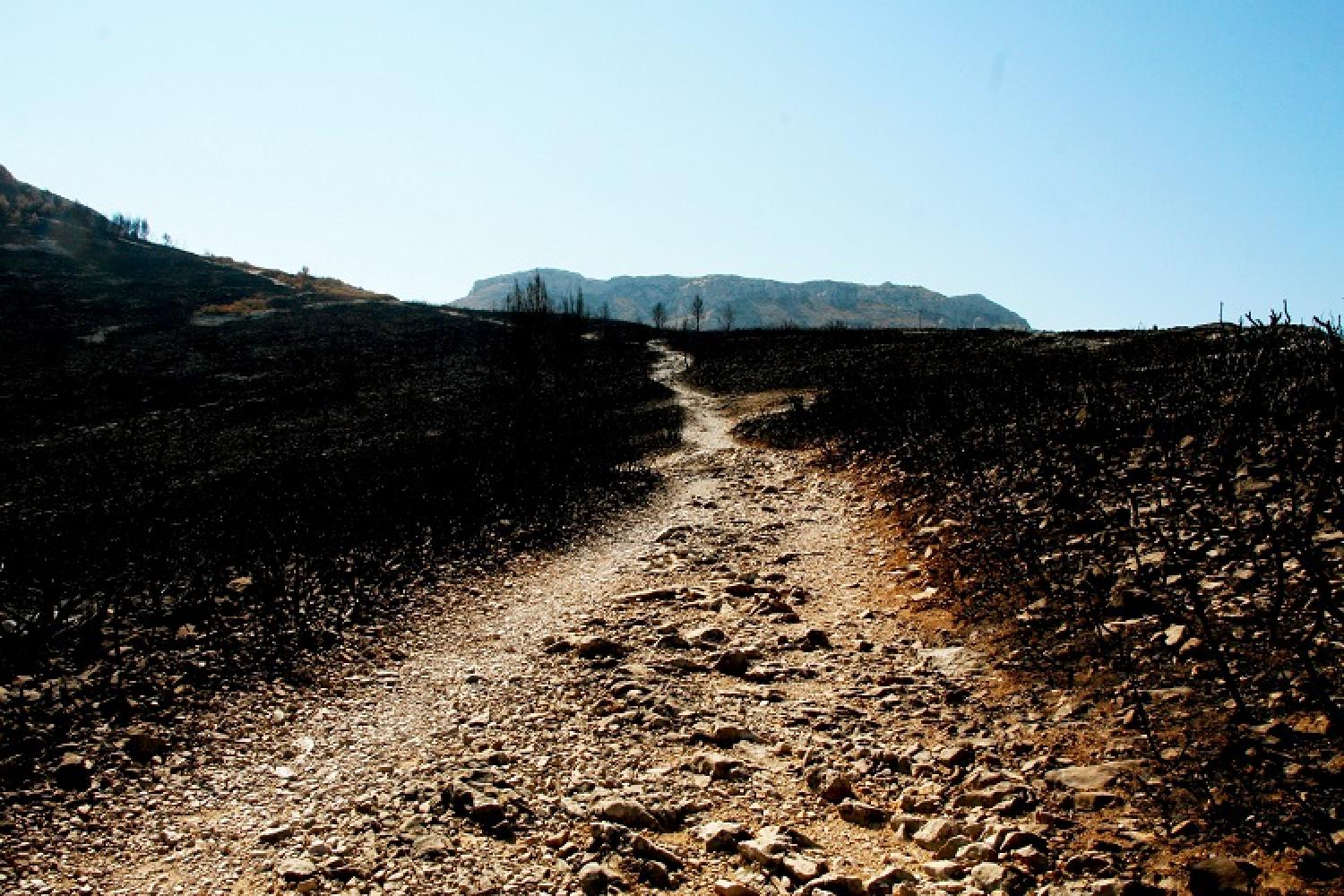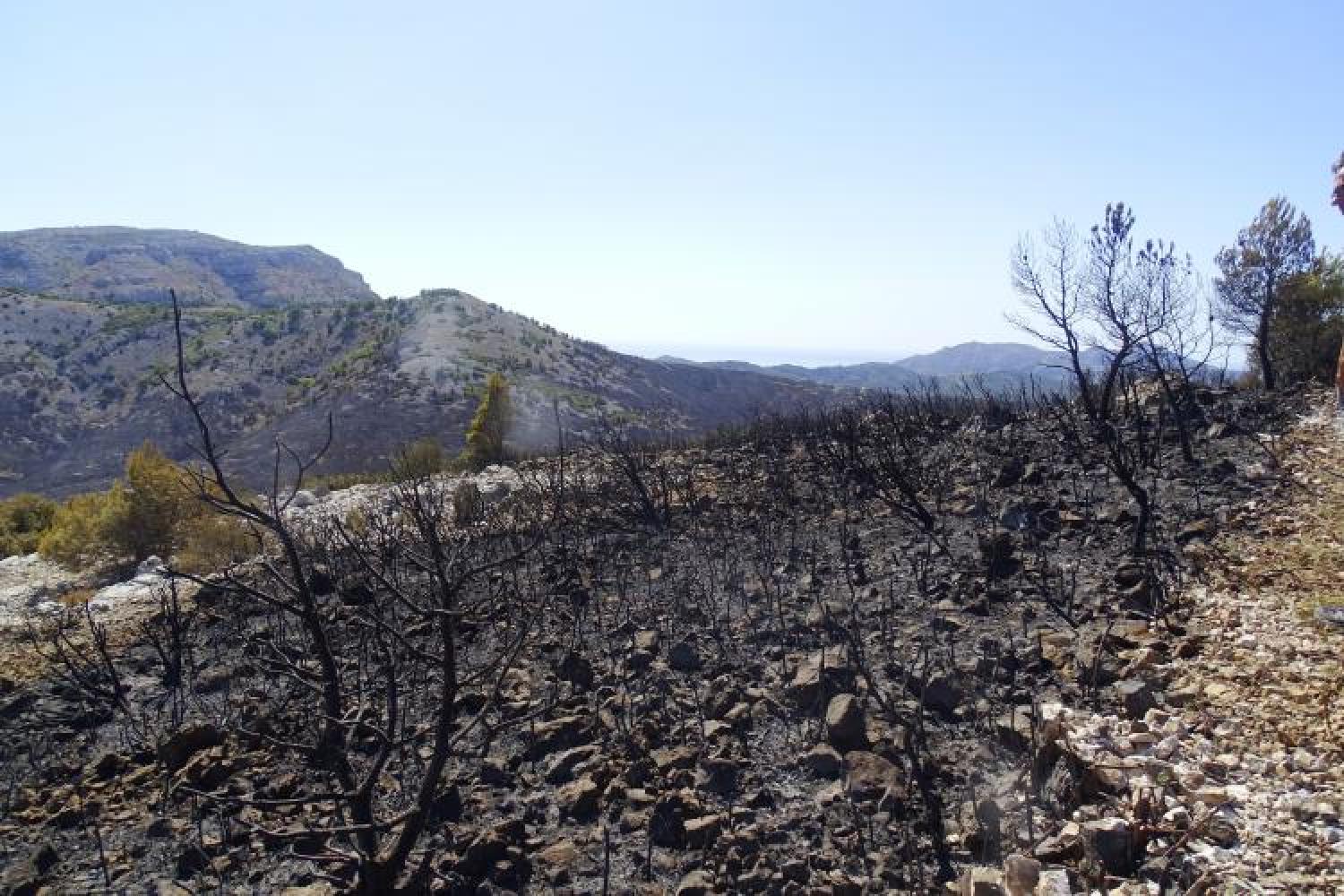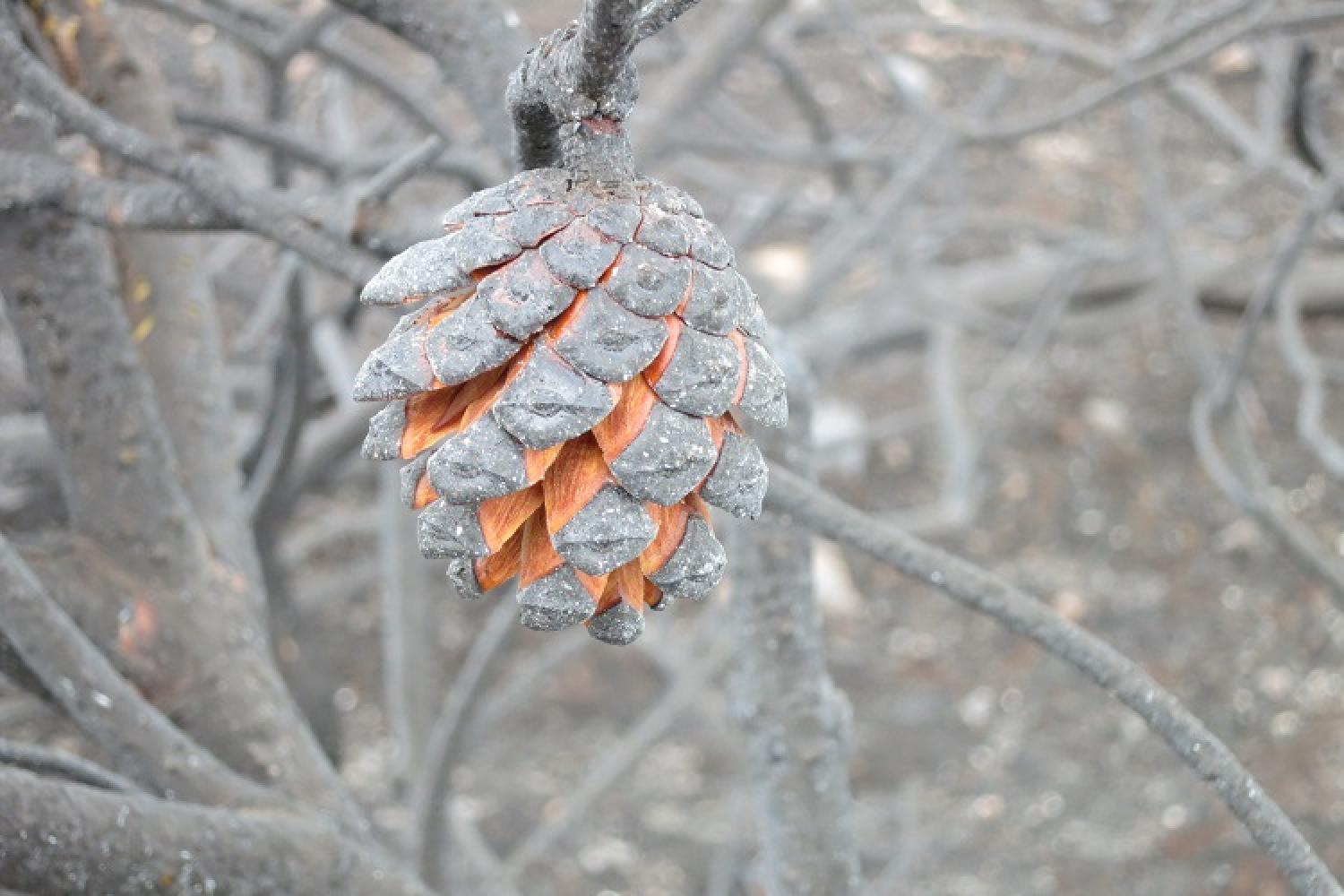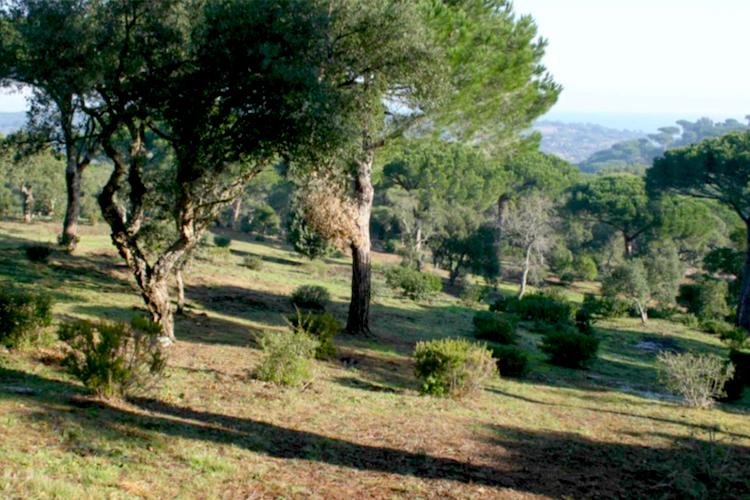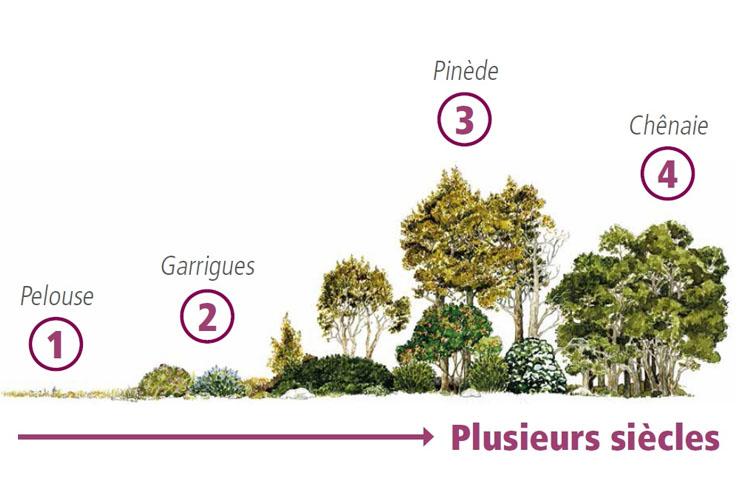Fire Prevention in the Calanques
Forest fires in the Calanques
Forest fires are a major hazard for the inhabitants and users of the Calanques National Park and its surrounding area. For the eco-systems, fires have a devastating effect on the environment, considerably weakening the flora, fauna and soil. The site of Luminy – La Gineste has experienced several fires in 1979, 1990 and 2016. In 2016, almost 300 hectares of National Park land were burned.
Fire prevention
With the aim of reducing risk and improving fire-prevention measures, various actions are being implemented in the National Park by the various organisations involved: State services, the Marseille Marine Fire Brigade (BMPM), the Departmental Fire and Rescue Service (SDIS 13), the National Forestry Offiice (ONF), the Bouches-du-Rhône department and the communes of Marseille, Cassis and La Ciotat, Communal Forest Fire Committees and the Communal Civil Security Reserves. These partners manage the forest, clear certain areas of undergrowth, build trails, install water tanks, monitor the sites and carry out fire prevention work.
The National Park is strongly involved in reducing the risk of fire. It supports partners so that their projects are consistent with biodiversity issues, inform users of the danger level, the regulations and best practice, with the help of communications media, its signage, and its field agents. The latter carry out surveillance and environmental policing missions. Offenders risk fines ranging from €135 to €1,500.
The broad plan: protecting forests from fire
The charter of the Calanques National Park identifies fire risk reduction as one of the territory's five main challenges. With the Aix-Marseille-Provence Métropole, the communes and DFCI partners mentioned above, the broad plan therefore formalises a protection strategy that facilitates the construction and maintenance of the necessary structural facilities, by providing engineering resources to carry out this work with all the players.
The legal obligation to clear brushwood
In the past, agricultural activities created barriers against the spread of fires. The move away from agriculture has favoured a strong development of Mediterranean woodlands which today constitute a vast area of combustible material. Towns and villages have taken over the agricultural and forest areas and urbanised them. There is now no longer a natural limit to stop fire spreading.
The legal obligation to clear brushwood (OLD) targets owners living in at-risk areas, making it compulsory to clear access roads and the surroundings of their homes, in order to protect them and the forest around them. The aim is to reduce the mass of flammable vegetation in order to protect people, homes and the forest, and also to enable firefighters to fight in temperatures that are tolerable for an equipped human (80°C).
Good habits and regulations
- Respect the access bans to the National Park from 1 June to 30 September on days classified as "red".
- Do not smoke (cigarettes or shishas) and do not drop any cigarette butts in nature, either while walking or from a vehicle.
- Do not make any camp fires, do not camp, bivouac, stay in caravans, and do not use camping gas.
- Do not burn any waste or any cut vegetation.
- Do carry out the Legal Clearing Obligations to protect yourself if you live in an at-risk area (see above).
- If you witness a fire, call the fire brigade on 112 or on 18, and move to safety with my back to the wind, do not go towards the source of the smoke or fire.
Mediterranean vegetation and fire
In eliminating less resistant species, fire has shaped plant communities. In the past, fire was used by shepherds and farmers to clear the land and open space for their herds, flocks and crops. Today, fires are much more frequently the result of human negligence and carelessness. In the Mediterranean, 95% of fires are caused by humans. Two-thirds of all fires are accident. The ceasing of farming and countryside activities and global warming have increased the risk of fire. Mediterranean vegetation is particularly vulnerable to fire. It takes several centuries for Mediterranean woodlands to evolve naturally into oak forests, a stage where they reach equilibrium. But when it is hit by fire, the forest has to start the process all over again.

